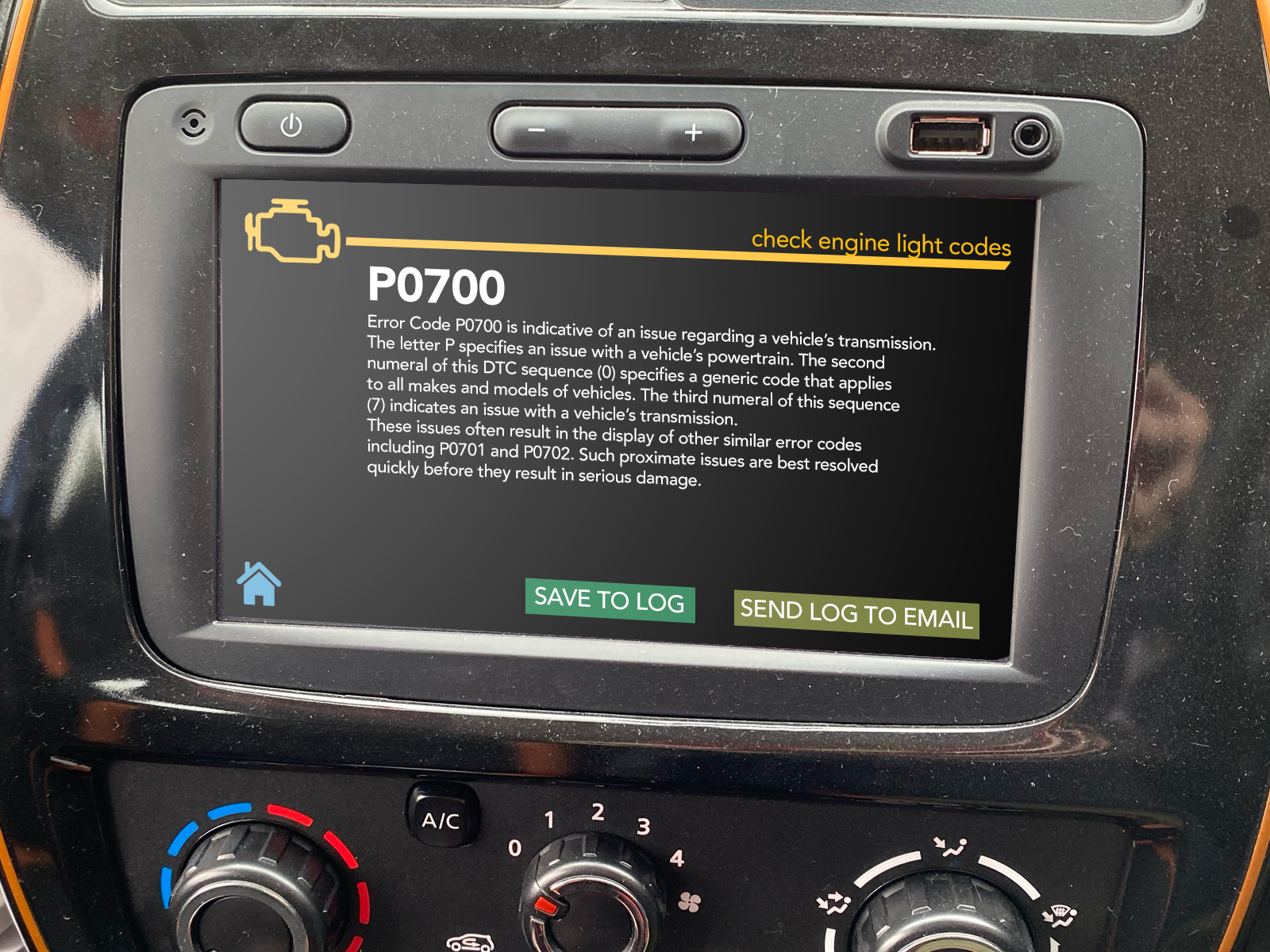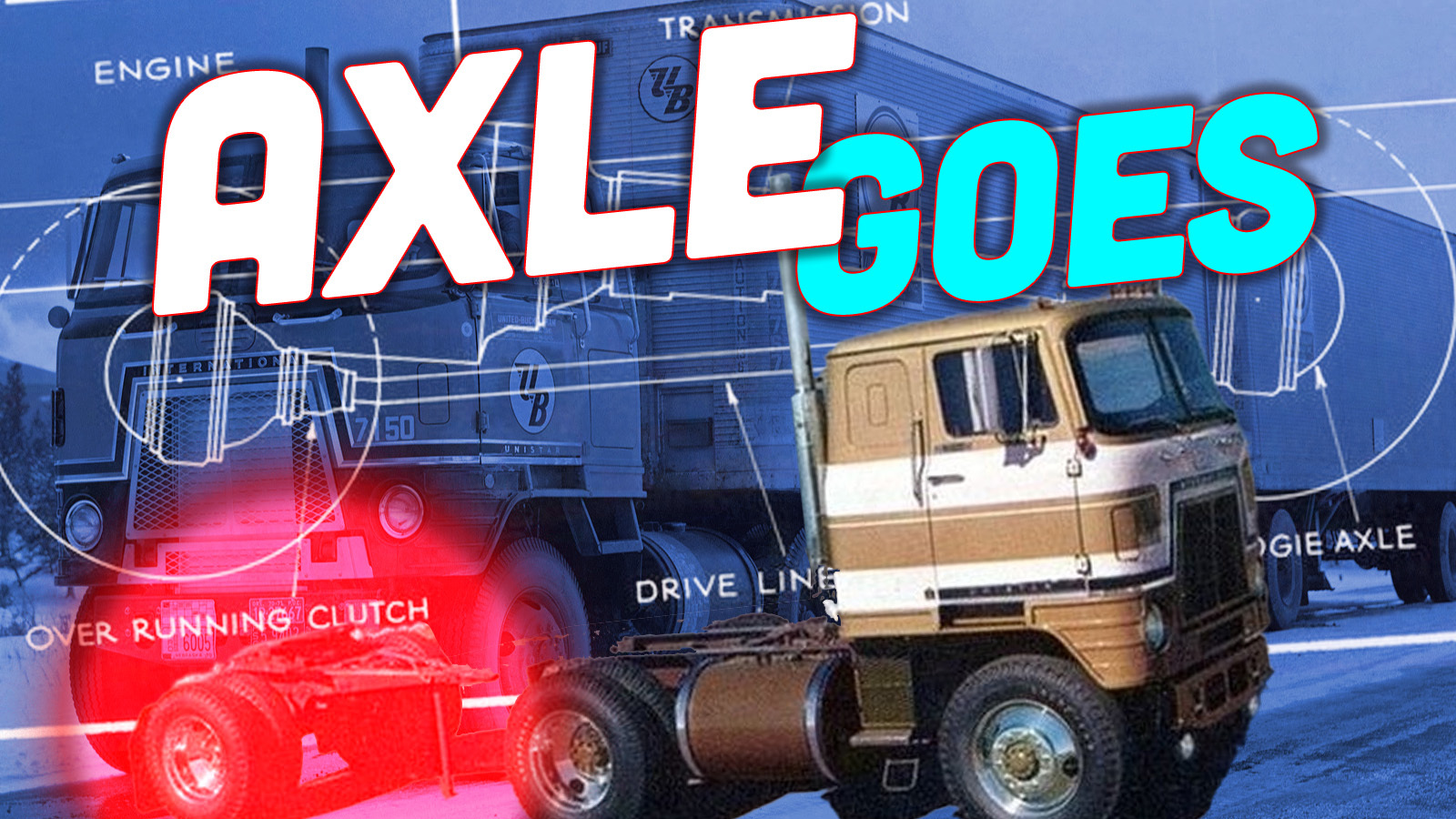When I first started in this glorious, noble profession of automotive journalism, I was young and innocent and full of dreams. Big dreams. Dreams of the future bringing wonderful things, like cars universally equipped to display, right there on the dashboard, without any need for plug-in readers or trips to a mechanic, any On Board Diagnostic (OBD) codes that the car may have, along with normal-language descriptions of such codes. These are the codes that cause the dreaded “check engine” light (CEL) to appear. I wrote about this dream way back in 2011, and now, nearly a decade and a half later, there has been effectively zero progress on this front, and I think it’s as important as ever.
I know a large portion of our readers will just think “why is this a big deal? OBD readers are only $20! And they’re stylish!” and sure, moneybags, OBD readers aren’t that expensive, but that’s not really the point. Yes, we’re people who think about cars most of their waking hours and have no issues rolling on the floormats of a car and feeling around under the dash for that chunky OBDII connector, but the vast majority of people who just use their cars as transportation appliances are not comfortable with such things, and in many cases, aren’t even aware there is a port under the dashboard that, when you plug a little doohicky into it, will tell you why that check engine light came on.
The truth is that most people are in positions of terrible knowledge imbalance when it comes to repairing and maintaining their cars. They’re at the mercy of whatever the technician or mechanic says, and while I’d like to believe in the fundamental honesty of humanity, we know that’s sadly not a guarantee. People get taken advantage of all the time, and part of the issue has to do with the relative difficulty of getting diagnostic information about their own cars.
What makes this especially galling is that this denial of information to car owners is completely preventable, and would be trivially easy to do on pretty much any car that had been built in the past decade or so. Once, sure, there were issues with figuring out how to get information like specific codes because cars had very limited alphanumeric display capabilities. Though, even then, carmakers (very) occasionally would come up with clever, convoluted solutions to do this, like on this 1995 Cadillac Seville:
A few other cars had similar sorts of systems:
That was a long time ago, of course. Now, modern cars almost always have a full-color dot-matrix LCD screen that is not just capable of displaying CEL code numbers, but entire blocks of text, and hell, if you wanted, diagrams and illustrations or whatever. There is really nothing stopping all carmakers from showing a code that caused a check engine light, as well as a full description of what it means.
Just picture something like this that could appear on the center stack screen of a car when a check engine light code is thrown:

Why not do this? As it stands now, cars throw a check engine light, and for many people, that just means they look at it nervously as they fret about how much freaking money they’re going to have to dump out for whatever the hell that light means. Why should people be kept in ignorance about the state of their cars? Every car owner has the right to as much information as their car is able to give them. All cars know the codes they throw; why do they keep it a secret from their owners? Not having an OBD reader or the comfort to use one or the resources (time, money, opportunity, whatever) to go to a mechanic is simply not a good enough reason to keep the car owner ignorant of what’s happening under their own hoods.
If cars would just display what the code is and some manner of description on their dashboard screens, easily accessible to the owner, then at least the owner would have some sense of what they were dealing with. A CEL can come on from anything from a loose gas cap to a severe failure condition of some kind; any information about what’s going on is good information, isn’t it?
Plus, trouble codes could be saved to a car’s internal log, and, since so many cars have internet connectivity of some kind already anyway, why not give an option to send those logs, complete with timestamps and all relevant information, to an owner’s email, so they can then send it to mechanics or car-savvy friends to get an estimate or an initial diagnosis?
I get genuinely worked up when I think about this, even after all these years, because I’ve talked to too many people who feel helpless when it comes to getting their cars worked on, and the issue almost always comes down to a lack of reliable information. I’ve bought OBD readers for several friends and showed them how to use them, but I shouldn’t have to do that.

I’d actually like to see this become legally mandated. That’s right, I said it, I want to involve the authorities. When I’m Emperor of America, all cars will be required, under penalty of having the CEO of the offending carmaker placed in a dungeon, to display as much information as the car’s owner wants for every failure code that gets thrown. That includes standardized OBD codes as well as manufacturer-specific codes. If you own the car, this is, by right, your information. If carmakers can be so cavalier about gathering information about us – and they definitely are – then they can at least give us some actually useful information back.
These codes, along with detailed descriptions of what they mean, can all be downloaded to a flash drive or emailed to a specified address, so the car’s owner can do whatever they want with that information.
It’s absurd that this is not how things currently work. All new cars know their codes, all have the means to display them easily, and yet hardly any do. I’m not sure how to convince this industry that this matters, but I feel like it does. This is similar to the right-to-repair laws we’ve discussed before. This is an easy fix; just a bit of interface design and some software coding. Ideally, the way one accesses this data should be standardized across cars, too, so everyone knows how to find the information.
We have a right to know what our cars are telling us, without intermediaries or other equipment. We’ve been in a position to do this for well over a decade, and it’s time to actually make it happen. Carmakers, let people see what their check engine lights mean, right inside their cars. It’s time.









Dealers, my friend. Dealers.
I’ve thought this for years.